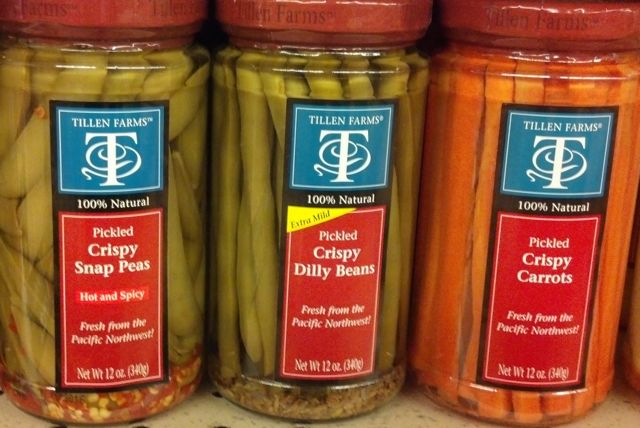Submitted by Thurston County Solid Waste
Many printed dates are for peak quality and not for food safety
Did you know the average American family wastes as much as 25 percent of the food they buy? For a family of four, that adds up to anywhere between $1,600 and $2,300 worth of food that’s thrown out in a year! Part of the reason for this waste of food, money and resources can be tied to confusion about food expiration dates.
Many people are throwing out food that’s safe to eat, thinking that any food that’s past its printed “expiration date” is unsafe to eat. According the United States Department of Agriculture (USDA), those expiration dates are not safety related. Instead, they are an indication of a window of peak quality. And those dates are determined by the food’s manufacturer—not by the USDA or other regulatory agency.
To further complicate things, there is no universal system used for food-dating in the United States. Best if Used By:, Best if Used Before: and Use By: are all labels that food manufacturers use to show the period they consider to be the peak quality for the item—not whether the food is still safe to eat. According to the USDA, foods that are past those printed dates can still be “safe, wholesome and of good quality if handled properly.”
The key take-away here is that these labels, however they’re worded, are not indications of safety. In fact, with few exceptions, there are no federal safety regulations that guide the process of dating foods.
So, how can you tell if your food is still good to eat? Your senses are still your best tools! If it looks right, smells right and tastes right, and if you know it’s been handled and stored properly, (e.g.; it hasn’t been sitting in a hot car all day) then it’s likely safe to eat. On the flip side, foods that are slimy, off-color or that have a strange odor or flavor—those foods could have bacterial contamination and you should not eat them.
Thurston County families could save money and waste less food just by getting the facts. You can find a lot more information, tips and tricks on this topic, plus information on the proper ways to store and handle foods so that they last longer and stay safe to eat. Just search “expiration dates” on the USDA web site, or visit www.StillTasty.com to get started.
If you want to learn more about how to keep more food out of the landfill and keep more money in your wallet, go to www.WasteLessFood.com. You can explore our SMART tips and tricks that will help you waste less food, and learn more about the environmental and economic impacts of wasted food.
To schedule a fun and free group presentation on how to waste less food, contact Gabby Byrne at ByrneG@co.thurston.wa.us or (360) 867-2284.





















































